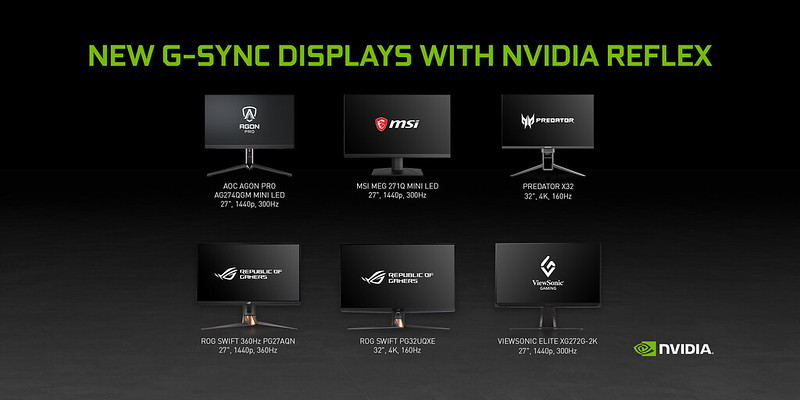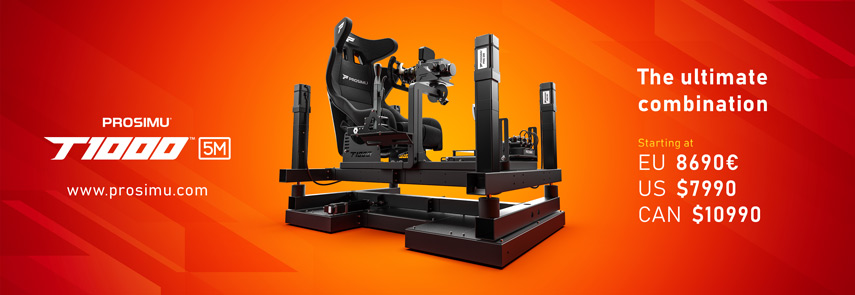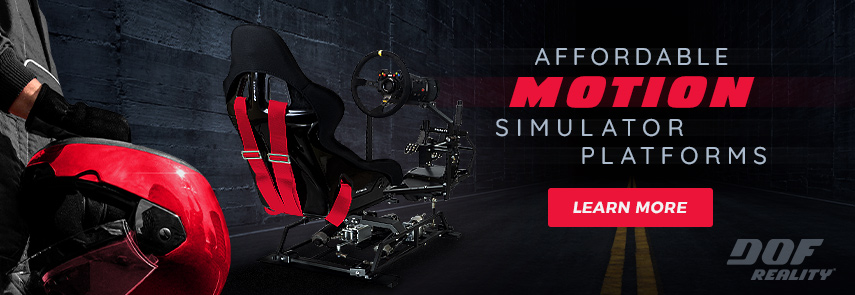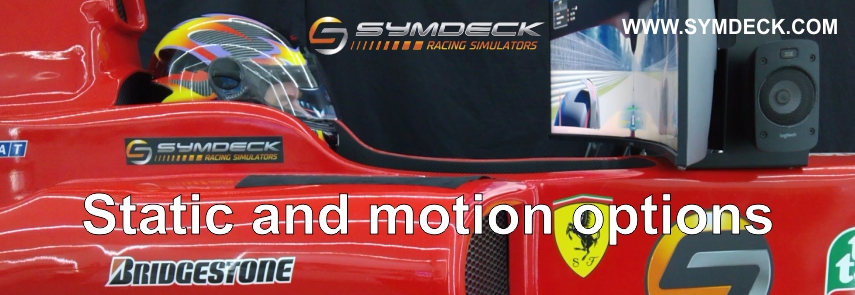
The launch of the latest Nvidia 30 series of graphics cards back in 2020, also introduced a new hardware/software solution in the form of the Nvidia Reflex system which is available for GeForce GTX 900 and higher spec Nvidia video cards.
Nvidia Reflex is the utilization of GPU, G-SYNC display, and software technologies in order to measure and reduce system latency in competitive games. Reducing system latency is critical for competitive gamers because it allows the PC and displays to respond faster to a user’s mouse and keyboard inputs, enabling players to acquire enemies faster and take shots with greater precision.
What was once a relatively simple system latency reduction technology built into your favorite first-person shooters has now become the factual solution for low latency gaming. Reflex reduces system latency actively with software and hardware optimizations and enables gamers to find the lowest latency settings with the easy-to-use Reflex Analyzer.
Until now, Reflex was supported in 8 of the top 10 competitive shooters, but during this year’s Consumer Electronics Show in Las Vegas, Nvidia announced a list of 7 more Reflex supported games and 6 new Reflex monitors including next-generation 1440p G-SYNC esports displays.
Interestingly, the list of newly supported games includes the iRacing online racing platform, meaning that iRacing will be supporting NVIDIA Reflex to reduce system latency and deliver the most responsive driving experience.
When designing a physical race car, we spend considerable resources assuring that steering, throttle, and braking systems are highly responsive to the driver’s commands, said Chris Gilligan, Chief Information Officer, Competition & Engineering for Joe Gibbs Racing.
For our iRacing esports teams, the same is true, but instead of engineering physical systems, we must ensure that driver inputs are fed into the simulation engine with minimal delay. Minimizing this latency between the driver control systems, the sim engine, and the video display are not only key for providing a sense of realism, but also allows drivers to hone their car control skills in a virtual environment.
NVIDIA Reflex features two major technologies:
Reflex SDK:
A set of APIs for game developers to reduce and measure rendering latency. By integrating directly with the game, Reflex Low Latency Mode aligns game engine work to complete just-in-time for rendering, eliminating the GPU render queue and reducing CPU back pressure in GPU intensive scenes. This delivers latency reductions above and beyond existing driver-only techniques, such as NVIDIA Ultra-Low Latency Mode.
Reflex Latency Analyzer:
A revolutionary system latency measurement tool integrated into new 360Hz G-SYNC Esports displays from ACER, Alienware, ASUS, and MSI, and supported by top esports peripherals from ASUS, Logitech, Razer, and SteelSeries.
Reflex Latency Analyzer detects clicks coming from your mouse and then measures the time it takes for the resulting pixels (i.e. a gun muzzle flash) to change on the screen. This type of measurement has been virtually impossible for gamers to do before now, requiring over $7000 in specialized high-speed cameras and equipment.
Official Webpages – www.iRacing.com
 Bsimracing Sim Racing Resources and News for the racing enthousiast.
Bsimracing Sim Racing Resources and News for the racing enthousiast.








